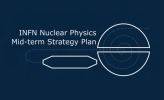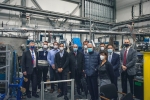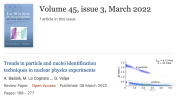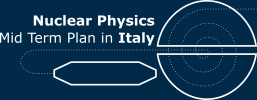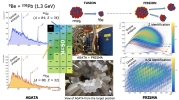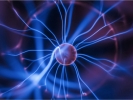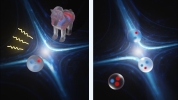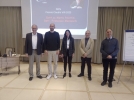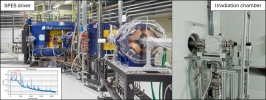Line 4. Nuclear astrophysics
Coordinators: M.C. Morone, S. Zavaratelli
Nuclear Astrophysics studies the nuclear processes that occur in nature in space and characterize (or have characterized) the energy production and nucleosynthesis during the Big Bang, in stars and in violent events such as neutron star mergings and supernova explosions. Measuring in laboratory the nuclear reactions reproducing the physical conditions at which they occur in nature is the mission of the experiments belonging to line 4 of csn3. The main difficulties are due to the low energy at which astrophysical events occur: primordial nucleosynthesis becomes efficient when kT<100 keV, while fusion reactions in stars occur at energies of a few tens of keV and in fully or partially ionized plasmas. Therefore, Coulomb repulsion and electron screening hamper direct measurements in the laboratory. The experiments of the line 4 approach the problem by adopting specific experimental techniques: the ASFIN2 experiment uses the indirect techniques of the Trojan Horse (THM) and of the Asymptotic Normalization Coefficient at the LNS, LNL and many other laboratory in the world such as RIKEN, TRIUMF, NotreDame University, Czech Academy of Sciences, TA&M U; the LUNA collaboration undertakes direct measurements of the reactions by efficiently collecting data even of reactions with low yields, thanks to the powerfull background suppression of the Gran Sasso rocks at the LNGS; the ERNA2 experiment exploits the inverse kinematics coupled with the powerful recoil separator installed at the CIRCE laboratory in Caserta.
The n_TOF experiment, on the other hand, is specialized in the measurement of cross-sections of neutron capture reactions, taking advantage of the homonymous facility at CERN that allows to select neutrons from a few meV up to different GeV of kinetic energy with the time of flight technique.
Finally, the PANDORA experiment at the LNS works on the construction of a plasma trap where it will be possible to recreate the ionization conditions similar to those of the inner part of the stars and then study the beta decay and electron capture rates in totally or partially ionized plasmas in a range of temperature from 0.1 to 30 keV and density up to 1013 cm-3.
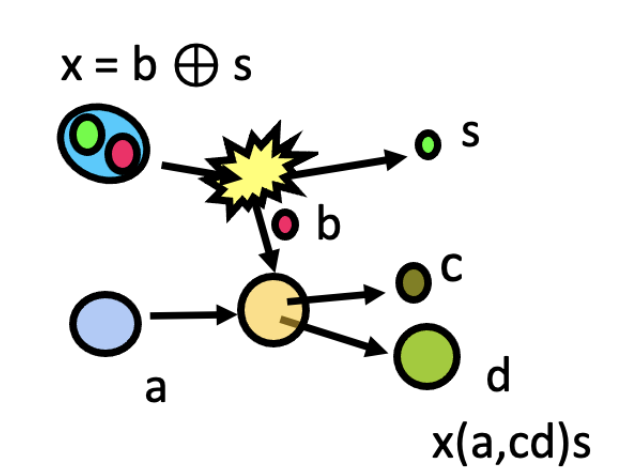
ASFIN2: diagram of the quasi-free break-up process typical of the THM technique

LUNA: experimental apparatus

ERNA: recoils separator
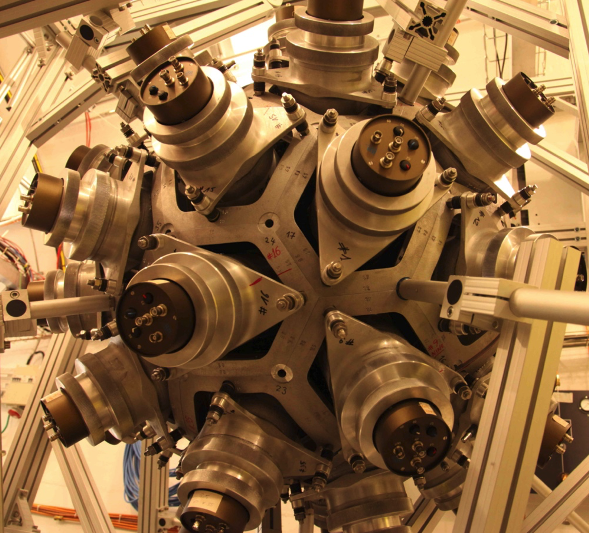
n_TOF: the 4π calorimeter inside the experimental area
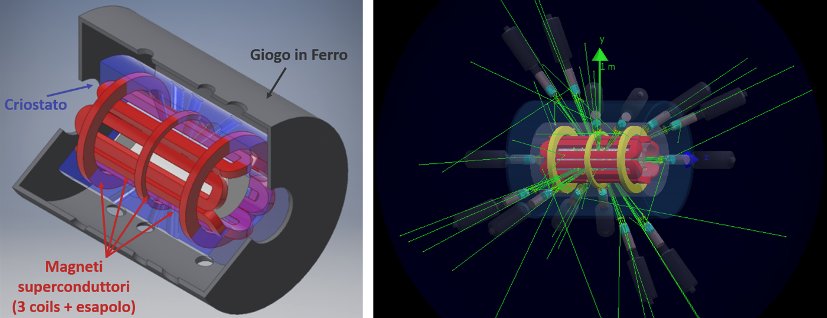
PANDORA: Conceptual design of the magnetic trap
